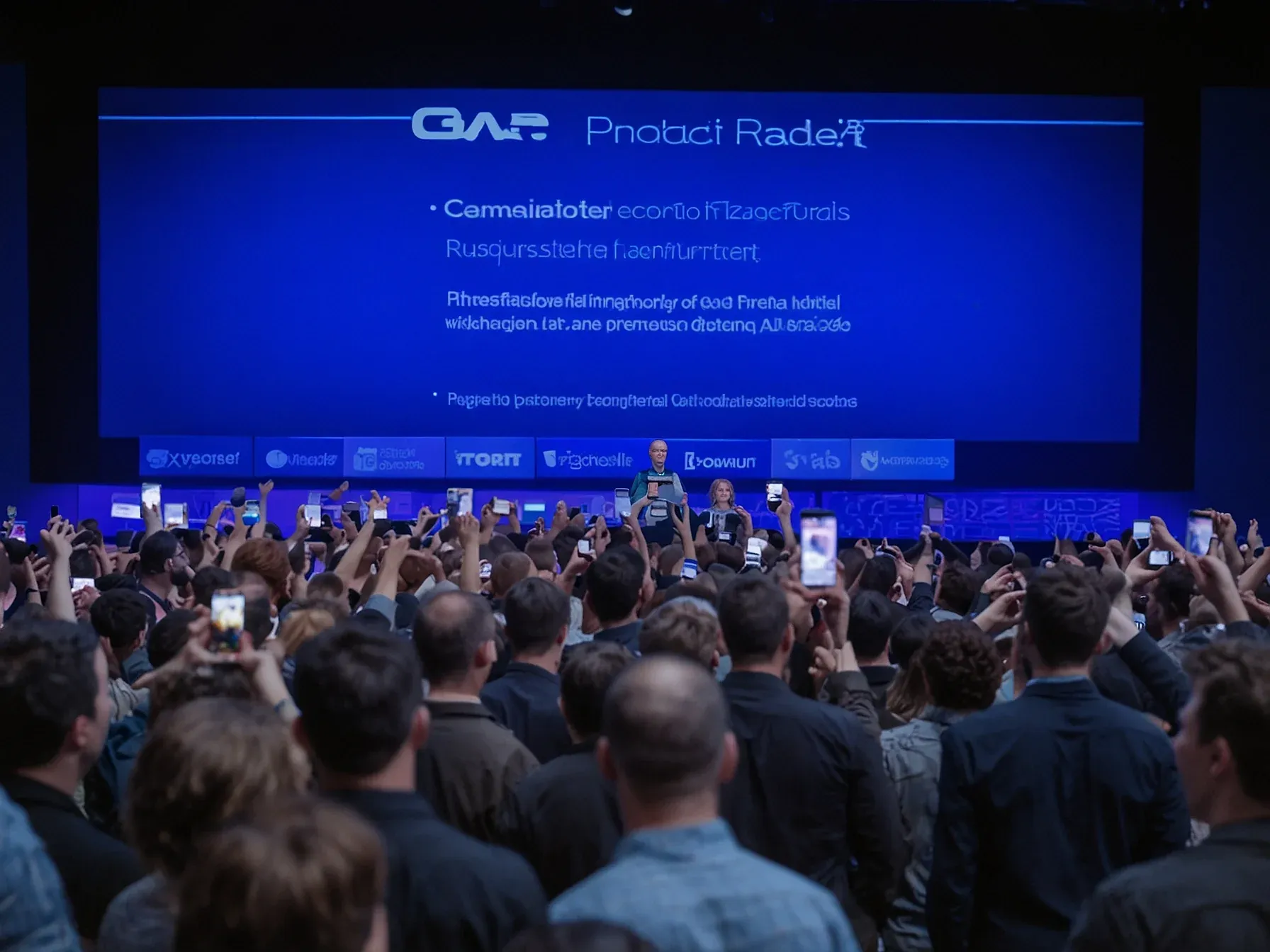
Hierarchical Retrieval Cuts Noise and Controls Context Size in Large Corpora
When you feed a language model a massive library of texts, the system has to decide which snippets actually matter. Traditional flat retrieval often drags in irrelevant passages, inflating the prompt and muddying the model’s output. Engineers have been experimenting with layered approaches that sift through documents step by step, narrowing the field before the final query reaches the model.
The idea is to keep the prompt lean while preserving the most salient information. This matters because prompt length directly impacts cost and latency, and excessive noise can derail downstream reasoning. Moreover, being able to point to the exact source of each piece of evidence makes later audits far easier.
In practice, such a strategy becomes critical when you can’t load the entire dataset in one go—think millions of pages stored across a distributed archive. The trade‑off between breadth and depth is where hierarchical methods claim their advantage, setting the stage for the observation that follows.
Hierarchical retrieval reduces noise to the system and is useful if you need to control the context size. This is especially useful when working with a large corpus of documents and you can't pull it all at once. It also improve interpretability for subsequent analysis as you can know which document with which section contributed to to the final answer.
For example, initially retrieve documents only with BM25 and then more precisely retrieve those relevant chunks or components with embedding. When to use it: Trade off: Increased complexity due to multiple retrievals levels desired. Also requires additional storage and preprocessing for metadata/summaries.
Increases query latency because of multi-step retrieval and not well suited for large unstructured data. In its hybrid indexing form, RAG does two things to be able to work with multiple forms of data or modality's. The retriever uses embeddings it generates from different encoders specialized or tuned for each of the possible modalities.
And the fetches results from each of the relevant embeddings and combines them to generate a response using scoring strategies or late-fusion approaches. Successful RAG systems depend on appropriate indexing strategies for the type of data and questions to be answered. Indexing guides what the retriever finds and what the language model will ground on, making it a critical foundation beyond retrieval.
Does hierarchical retrieval really tame the noise? The article argues it does, by limiting what the model sees to a manageable slice of a massive corpus. Because indexing and retrieval are distinct steps, developers must choose representations before deciding which fragments to surface.
When a large set of documents can't be fed to the model in one pass, a hierarchy can prune irrelevant material, keeping the context size within bounds. This pruning, the authors claim, also boosts interpretability: analysts can trace answers back to the specific document that was retrieved. Yet the piece offers no quantitative evidence of how much noise is eliminated or how interpretability improves in practice.
Moreover, it remains unclear whether the approach scales uniformly across different domains or only shines in particular use cases. The distinction between indexing and retrieval is clear, but the practical trade‑offs of hierarchical structures need further validation. Until such data appear, the promise of cleaner, more controllable context remains promising but not yet proven.
Further Reading
- LLM-guided Hierarchical Retrieval - arXiv
- Hierarchical RAG: Multi-level Retrieval - Emergent Mind
- Large Language Models for Information Retrieval: A Survey - arXiv
- Contextual Compression in Retrieval-Augmented Generation - arXiv
- Relevance Isn't All You Need: Scaling RAG Systems with Inference-Time Compute via Multi-Criteria Reranking - OpenReview
Common Questions Answered
How does hierarchical retrieval reduce noise compared to traditional flat retrieval?
Hierarchical retrieval filters documents in multiple stages, discarding irrelevant passages early on. By narrowing the candidate set before the final query, it prevents extraneous text from inflating the prompt, which directly reduces the noise that can confuse the language model.
Why is controlling context size important when working with a large corpus of documents?
Large corpora often exceed the token limits of language models, so developers must keep the prompt within manageable bounds. Hierarchical retrieval prunes unnecessary material, ensuring the model only processes a concise, relevant slice, which maintains performance and avoids truncation errors.
What role does BM25 play in a hierarchical retrieval pipeline?
BM25 is typically used in the first retrieval layer to quickly identify broadly relevant documents based on term frequency and inverse document frequency. Subsequent layers then apply more precise methods to retrieve specific chunks or sections from those initial candidates.
How does hierarchical retrieval improve interpretability of model outputs?
Because each retrieval stage is explicit, developers can trace which document and which section contributed to the final answer. This traceability makes it easier to audit and analyze the reasoning behind the model’s responses.
What is the relationship between indexing, retrieval, and fragment selection in hierarchical retrieval?
Indexing creates representations of the corpus, retrieval selects candidate documents based on those representations, and fragment selection then extracts the most relevant chunks for the model. Separating these steps lets developers choose optimal representations before deciding which fragments to surface.



